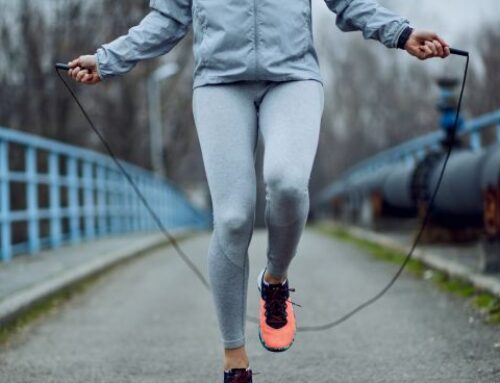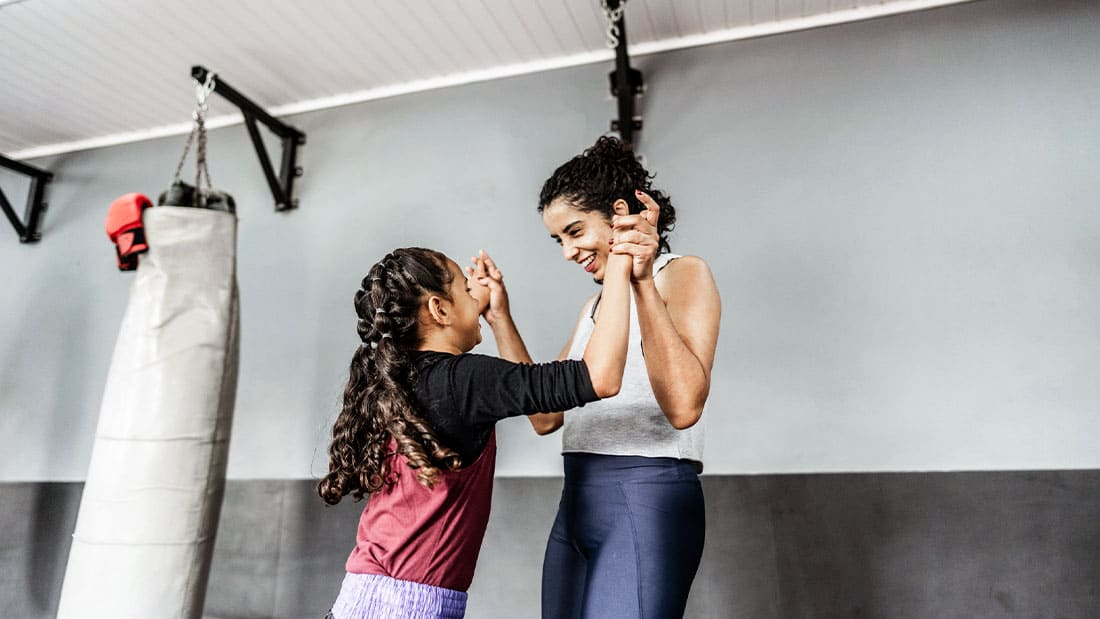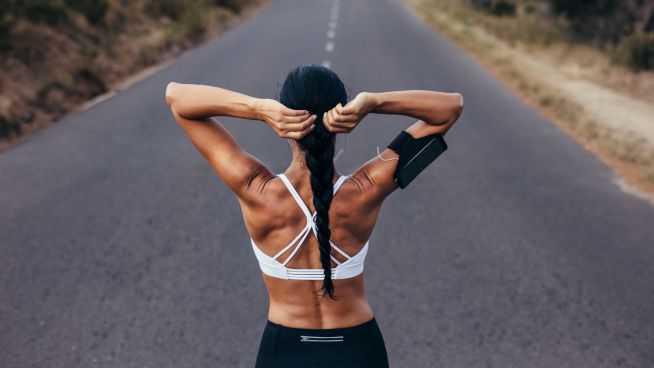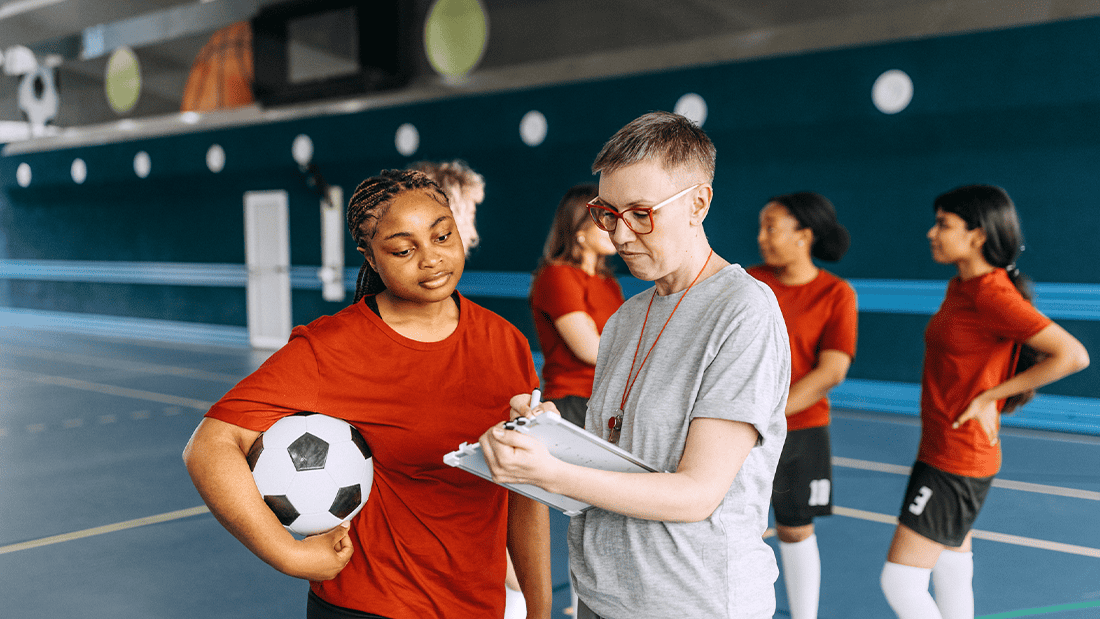The “Yoga Fails, Fixed” series is for any person who’s ever felt lost, confused or just plain awkward when trying yoga. The first two articles in the series offered simple fixes for Downward Facing Dog and Warrior 2. In this installment, we explore the seemingly simple Seated Twist pose, which is a bit more complex—and far more beneficial—than most people realize.
There are many different variations of Seated Twists. Personally, I encourage beginners to start with what’s called the Seated Half-Twist (or “Ardha Matsyendrasana” for the Sanskrit-enabled), which I think is the least complicated version and offers the most benefits.
In the Seated Half-Twist pose, you place your elbow on the outside of your opposite bent knee, creating a deep twist in your torso, which can help relieve backaches, improve flexibility in the upper back, and even aid digestion—since the move stimulates the internal organs involved in that process. The move can be challenging for beginners. Often a person will try to contort his or her body into what he or she thinks the pose is supposed to look like. This produces the most common form failure in the pose.
Seated Twist Fail #1: Rounding the back
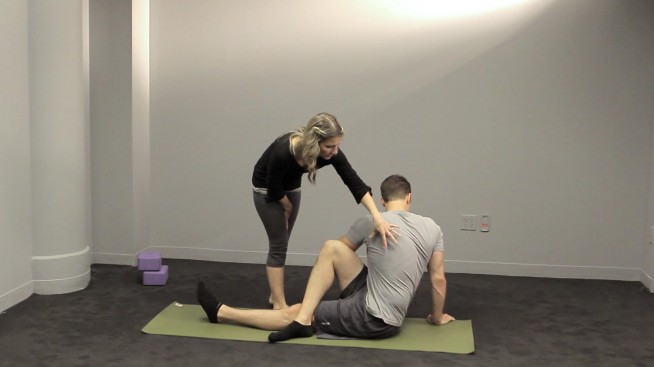
Seated Twist pose performed incorrectly. Note the rounding in the back and over-rotated shoulders.
People think the goal of this pose to rotate as far as possible, but it’s more important to keep the spine straight and long and the torso close to the inner thigh. You’ll be able to go deeper in the pose as the muscles in your back and shoulders become more flexible.
THE SIMPLE FIX: There are two ways to keep your spine aligned properly when doing this pose. First, instead of hooking your elbow over the bent knee, simply wrap your arm around the front of the knee, hugging it with your inner elbow and forearm. This hugging motion will let you sit up taller, and may even allow you to twist a little deeper if you feel comfortable.

Seated Twist performed correctly. The spine is straight and the shoulders are not excessively turned.
Next, use the hand behind you like a kickstand, anchoring the pose and helping you sit upright with a long spine. Walk the hand as close to your sit bone as you can, coming up onto your fingertips. Press your fingers into the floor as you lift up and sit taller.
Seated Twist Fail #2: The sole of the foot of your bent leg lifts off the floor
If you have tight hips, which many do, it can be difficult to keep the sole of the foot of your bent leg on the floor. That’s a problem because when the foot lifts up, the knee tends to fall open to the side, which makes it harder to twist. Worse, holding the knee unsupported at a strange angle can put strain on the joint.
THE SIMPLE FIX: If you can’t seem to keep the sole of your foot flat on the floor next to the outer thigh of your extended leg, place the foot inside your thigh instead. This version of the pose should be more easily accessible to someone who has tight hips.
Other posts from the “Yoga Fails, Fixed” Series:
How Not to Mess Up Downward Facing Dog
Warrior 2 Can Be Downright Dangerous Without These 2 Corrections
RECOMMENDED FOR YOU
MOST POPULAR
The “Yoga Fails, Fixed” series is for any person who’s ever felt lost, confused or just plain awkward when trying yoga. The first two articles in the series offered simple fixes for Downward Facing Dog and Warrior 2. In this installment, we explore the seemingly simple Seated Twist pose, which is a bit more complex—and far more beneficial—than most people realize.
There are many different variations of Seated Twists. Personally, I encourage beginners to start with what’s called the Seated Half-Twist (or “Ardha Matsyendrasana” for the Sanskrit-enabled), which I think is the least complicated version and offers the most benefits.
In the Seated Half-Twist pose, you place your elbow on the outside of your opposite bent knee, creating a deep twist in your torso, which can help relieve backaches, improve flexibility in the upper back, and even aid digestion—since the move stimulates the internal organs involved in that process. The move can be challenging for beginners. Often a person will try to contort his or her body into what he or she thinks the pose is supposed to look like. This produces the most common form failure in the pose.
Seated Twist Fail #1: Rounding the back

Seated Twist pose performed incorrectly. Note the rounding in the back and over-rotated shoulders.
People think the goal of this pose to rotate as far as possible, but it’s more important to keep the spine straight and long and the torso close to the inner thigh. You’ll be able to go deeper in the pose as the muscles in your back and shoulders become more flexible.
THE SIMPLE FIX: There are two ways to keep your spine aligned properly when doing this pose. First, instead of hooking your elbow over the bent knee, simply wrap your arm around the front of the knee, hugging it with your inner elbow and forearm. This hugging motion will let you sit up taller, and may even allow you to twist a little deeper if you feel comfortable.

Seated Twist performed correctly. The spine is straight and the shoulders are not excessively turned.
Next, use the hand behind you like a kickstand, anchoring the pose and helping you sit upright with a long spine. Walk the hand as close to your sit bone as you can, coming up onto your fingertips. Press your fingers into the floor as you lift up and sit taller.
Seated Twist Fail #2: The sole of the foot of your bent leg lifts off the floor
If you have tight hips, which many do, it can be difficult to keep the sole of the foot of your bent leg on the floor. That’s a problem because when the foot lifts up, the knee tends to fall open to the side, which makes it harder to twist. Worse, holding the knee unsupported at a strange angle can put strain on the joint.
THE SIMPLE FIX: If you can’t seem to keep the sole of your foot flat on the floor next to the outer thigh of your extended leg, place the foot inside your thigh instead. This version of the pose should be more easily accessible to someone who has tight hips.
Other posts from the “Yoga Fails, Fixed” Series:
How Not to Mess Up Downward Facing Dog
Warrior 2 Can Be Downright Dangerous Without These 2 Corrections

